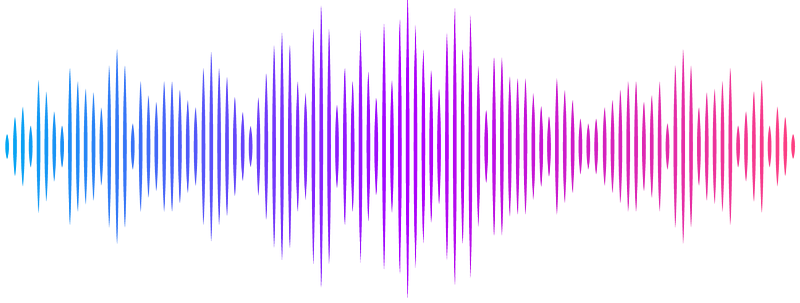parafac4microbiome: Exploratory analysis of longitudinal microbiome data using Parallel Factor Analysis

parafac4microbiome: Exploratory analysis of longitudinal microbiome data using Parallel Factor Analysis
van der Ploeg, G. R.; Westerhuis, J.; Heintz-Buschart, A.; Smilde, A.
AbstractBackground: Recently, studies that investigate microbial temporal dynamics have become more frequent. In a longitudinal microbiome study design, microbial abundance data are collected across multiple time points from the same subjects. In this context, exploratory analysis of longitudinal microbiome data using Principal Component Analysis is insufficient because the study design is not fully utilized. Indeed, the study design can be used to create a three-way data array where the rows constitute the subjects, the columns contain the microbial abundances, and the third dimension contains the time points. Organising the data this way enables multi-way methodologies that take full advantage of the study design. In this work we present Parallel Factor Analysis (PARAFAC) as a method to explore longitudinal microbiome data using three exemplary studies. Results: In the first example study, a long time series of experimental in vitro microbiomes, we show that PARAFAC can identify the main time-resolved variation in longitudinal microbiome data. In the second example, a longitudinal infant gut microbiome study, we show that PARAFAC can find differences between subject groups and enhance comparative analysis despite a moderate amount of missing data. In the third example, a longitudinal gingivitis intervention study of the oral microbiome, we show that PARAFAC helps identify microbial groups of interest using a post-hoc clustering approach. Conclusions: We show that Parallel Factor Analysis is an applicable method for longitudinal microbiome data analysis across a wide range of microbial environments. The analyses and the example datasets with the resulting figures are implemented in the R package parafac4microbiome, which is available online at https://github.com/GRvanderPloeg/parafac4microbiome.
